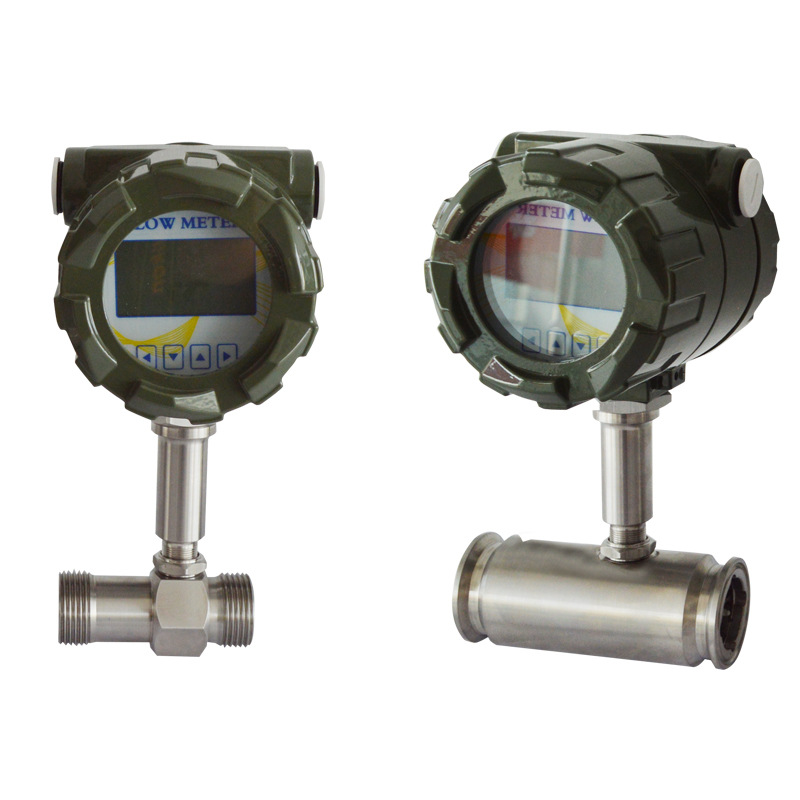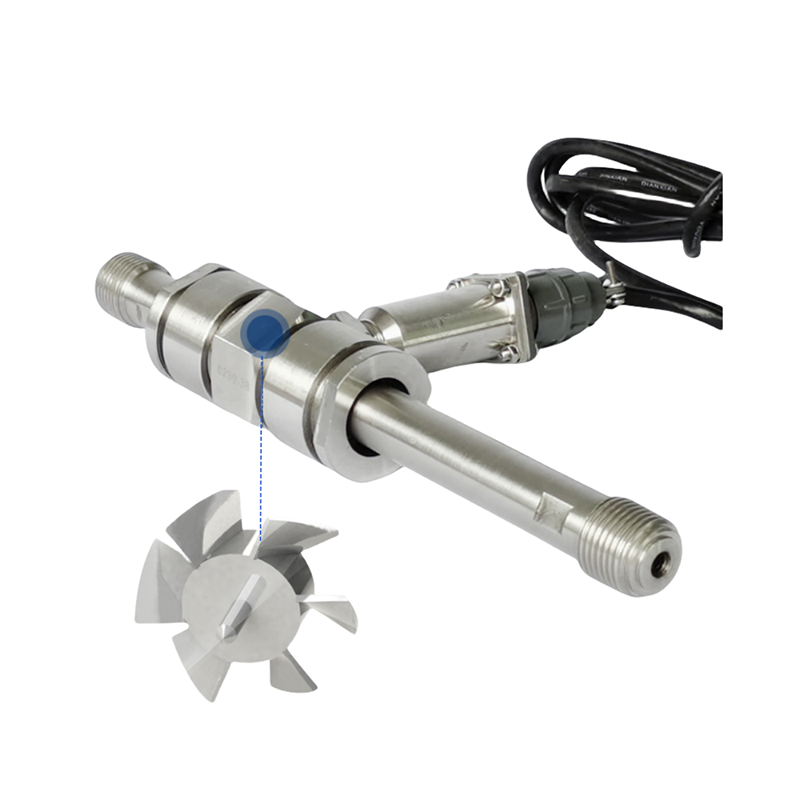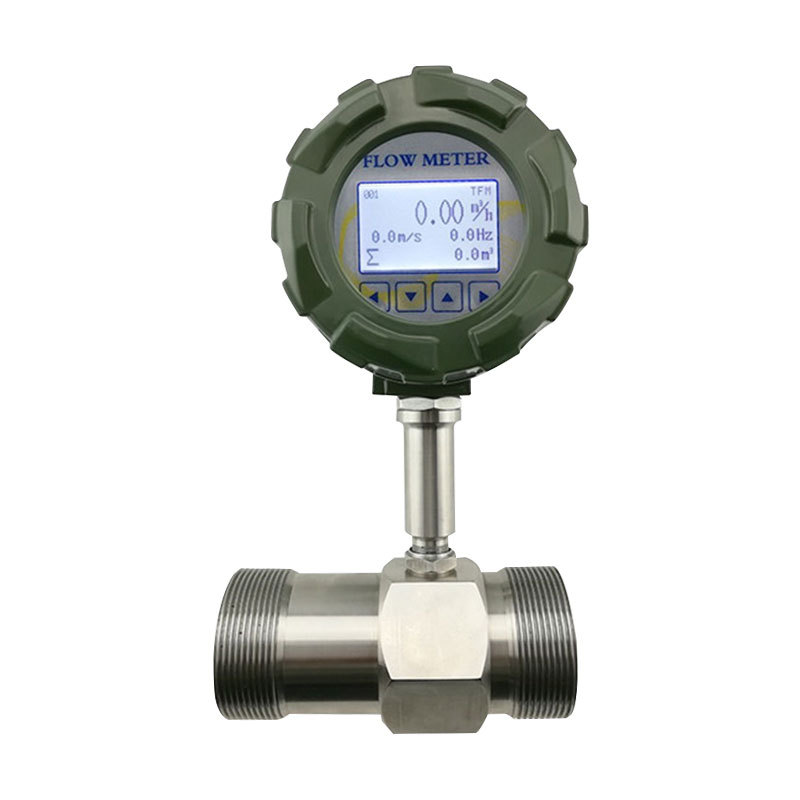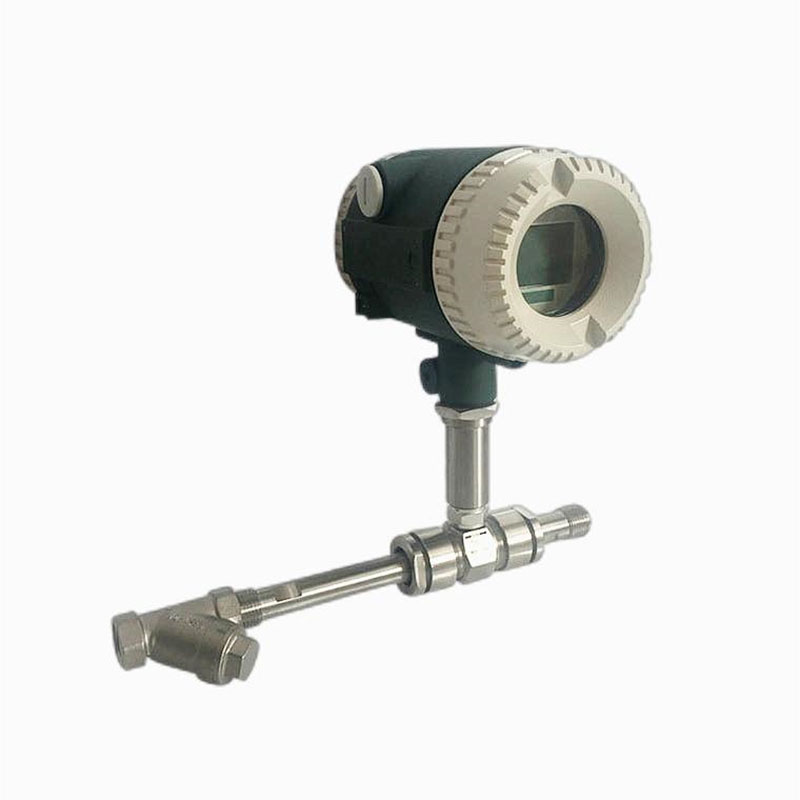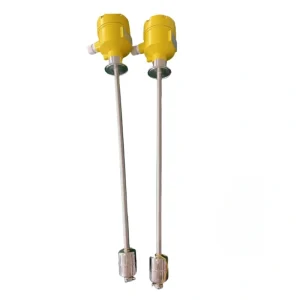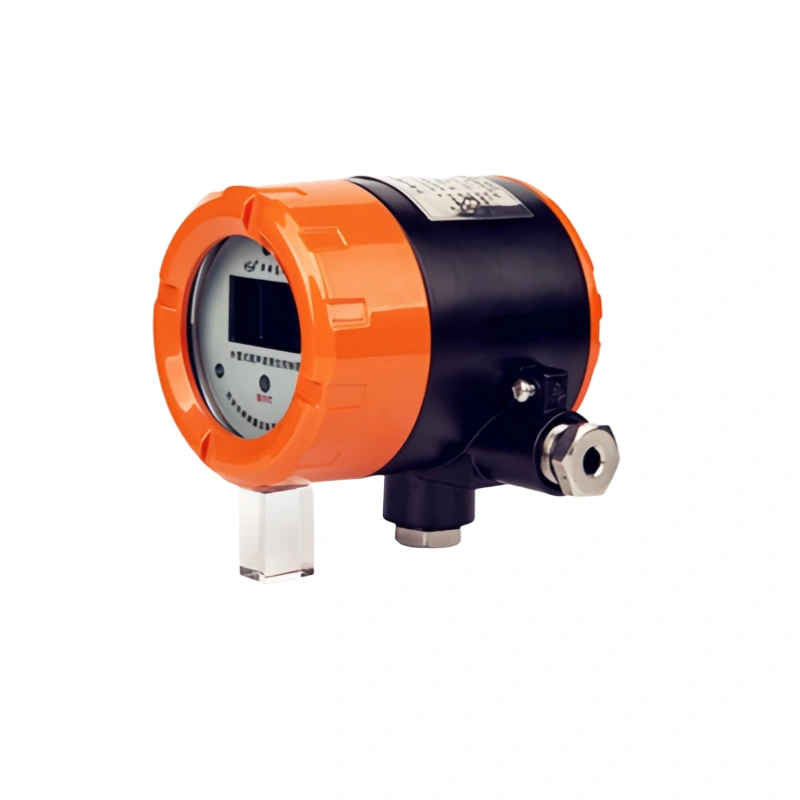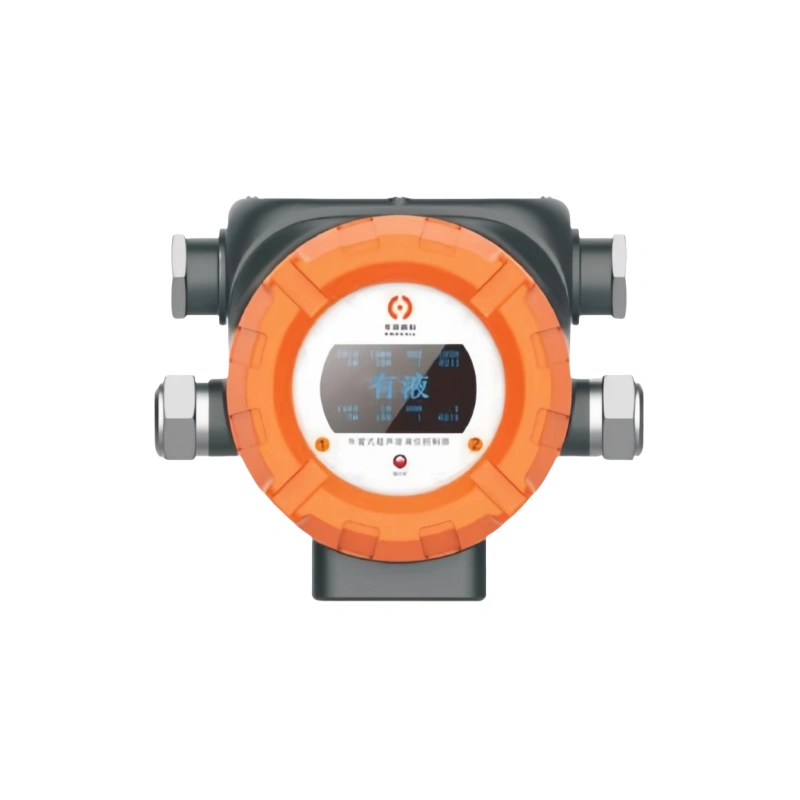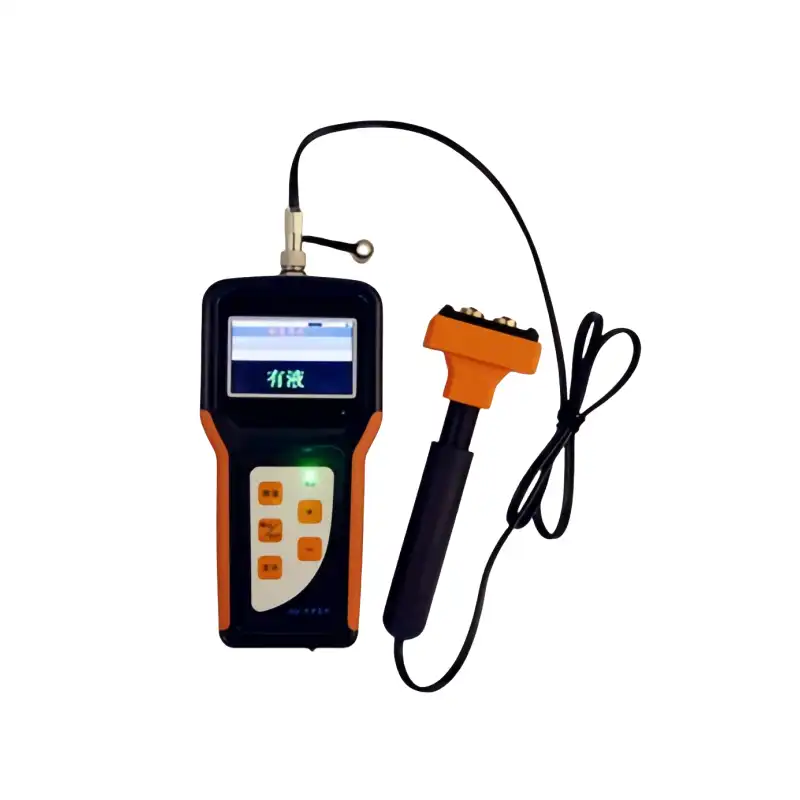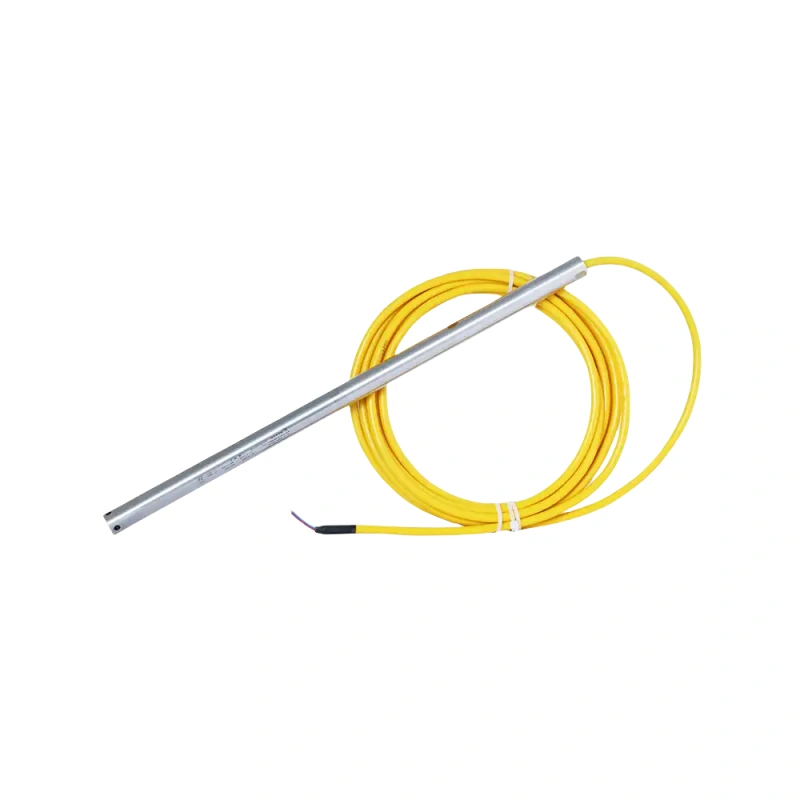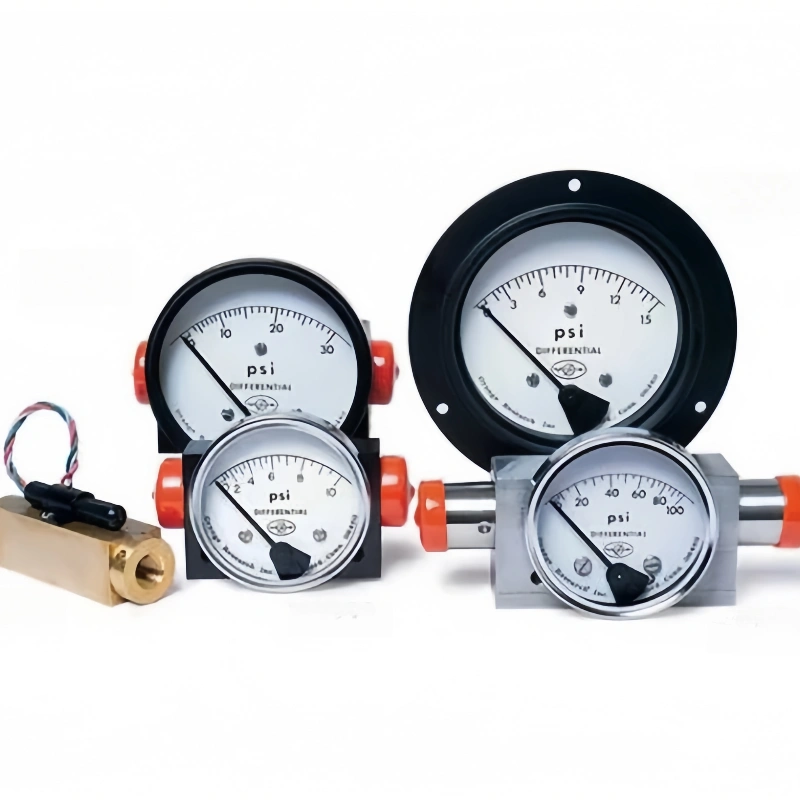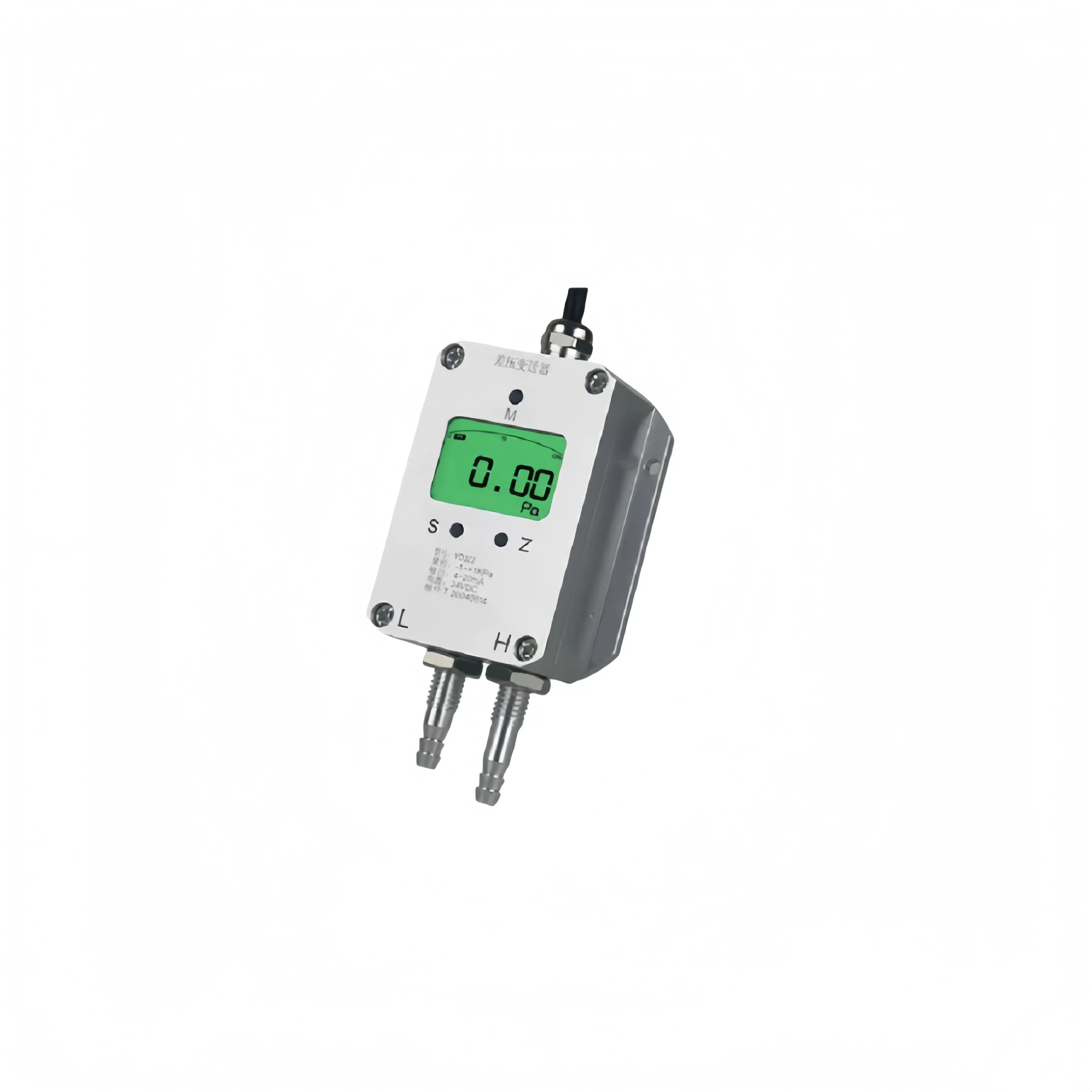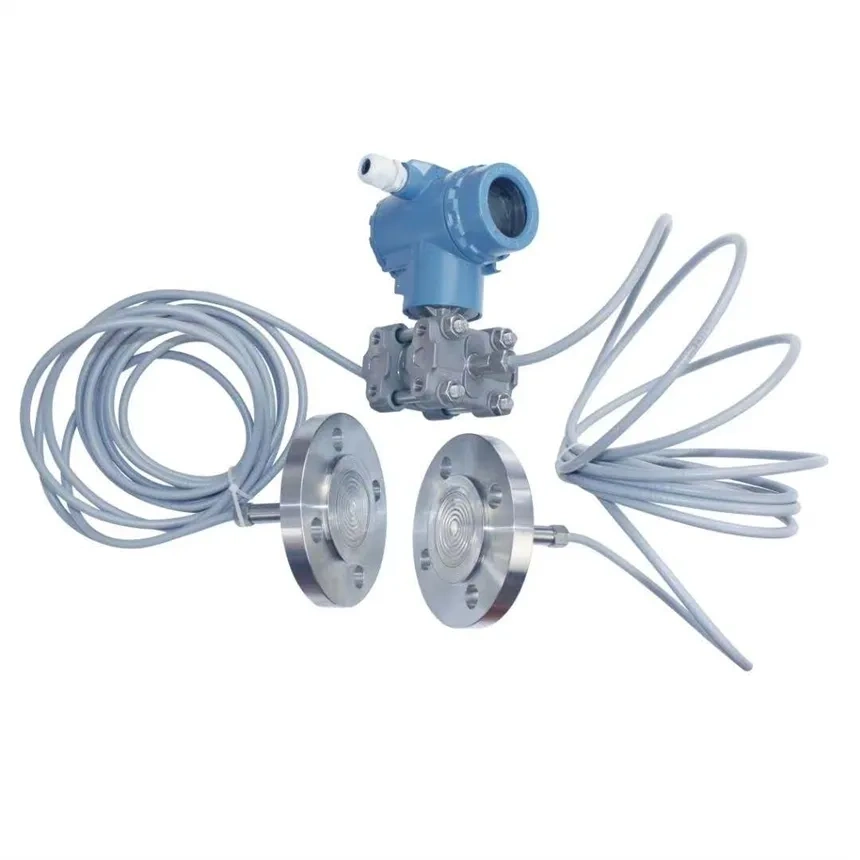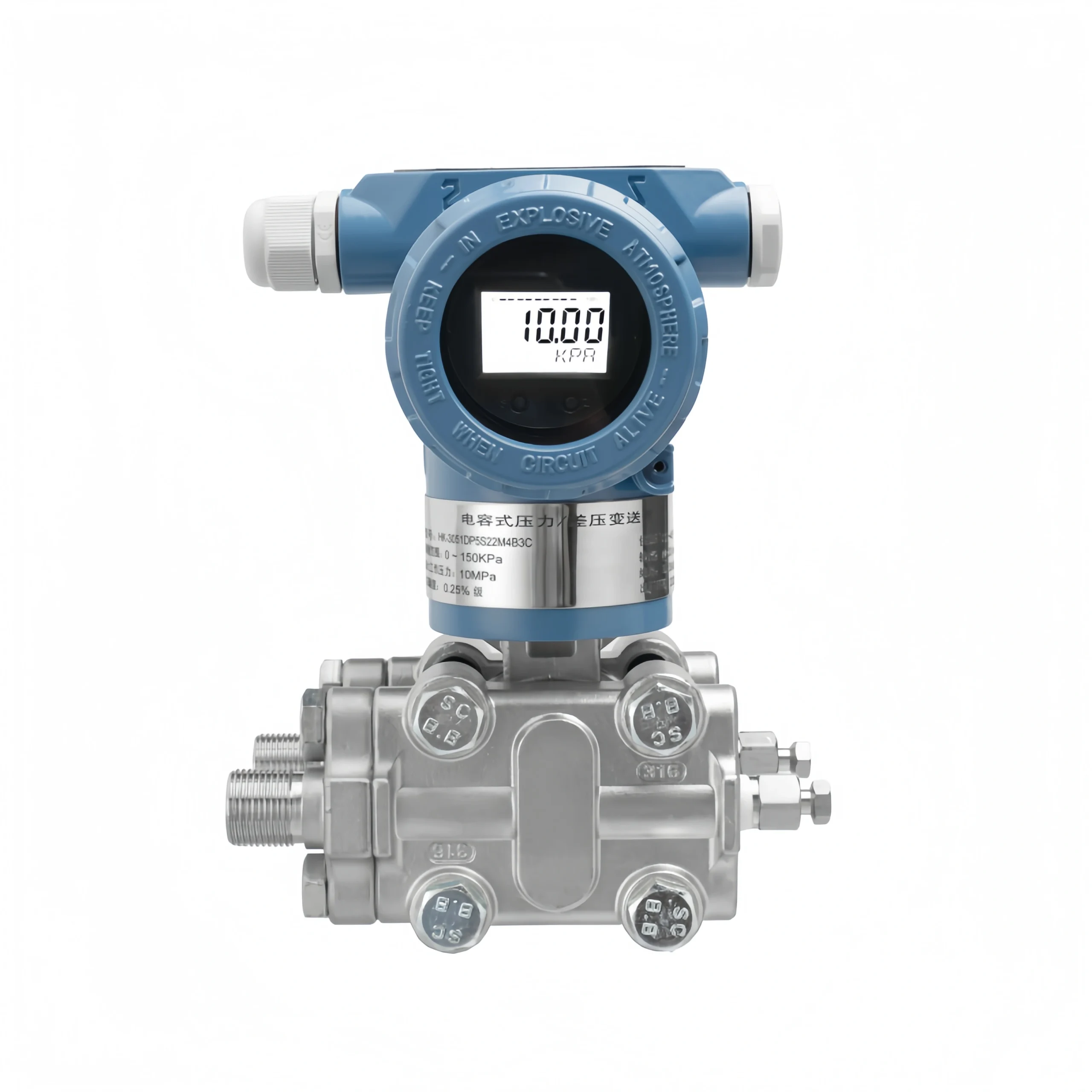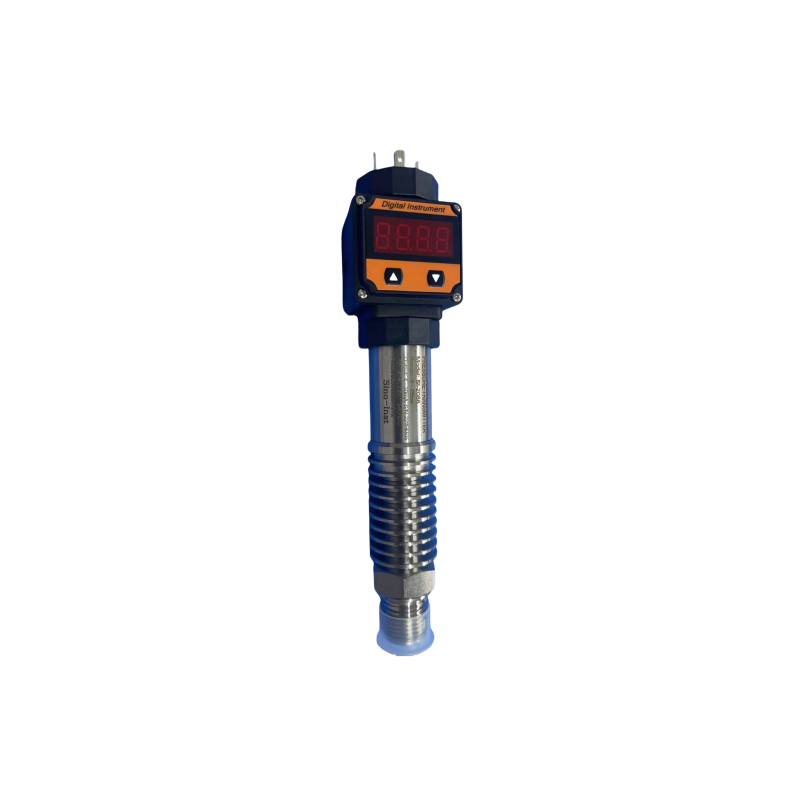What is the difference between a turbine and a propeller flow meter?
Turbine flowmeters and propeller flowmeters are very similar in technology and application. The main difference between the two is the rotating element and its suspension in the fluid flow.
- Working principle
When the turbine flowmeter is working, when the liquid to be measured flows through the sensor, the impeller is forced to rotate under the action of the fluid. Its rotational speed is proportional to the average flow rate of the pipe.
The rotation of the impeller periodically changes the reluctance value of the magnetic circuit. The magnetic flux in the detection coil then changes periodically. It generates an induced electromotive force with the same frequency as the blade rotation frequency, that is, an electrical pulse signal. After being amplified by the amplifier, it is sent to the display instrument for display.
Propeller flow meters use the mechanical energy of the fluid to spin a “windmill” (rotor) in the flow. The blades on the rotor are angled to convert energy from the flow stream into rotational energy. The rotor shaft rotates on bearings. As the fluid moves faster, the rotor spins faster.
Sensing either mechanically or by detecting the movement of the blades. Blade movement is typically detected magnetically, with each blade or embedded piece of metal generating a pulse.
The transmitter processes the pulse signal to determine the flow rate of the fluid. Emitters and sensing systems are available to sense flow in both forward and reverse flow directions. - Material
Turbine flowmeters are generally made of stainless steel such as 304 or 316 and have a longer life.
The propeller of Propeller flowmeters is usually made of thick injection molded plastic and faces directly into the flow of water, suspended from a single bearing assembly. - Price
Propeller-type instruments are accurate and relatively inexpensive, making them economical to use even for short periods of time.
Although the price of turbine flowmeter is not expensive, it is higher than propeller meter.

